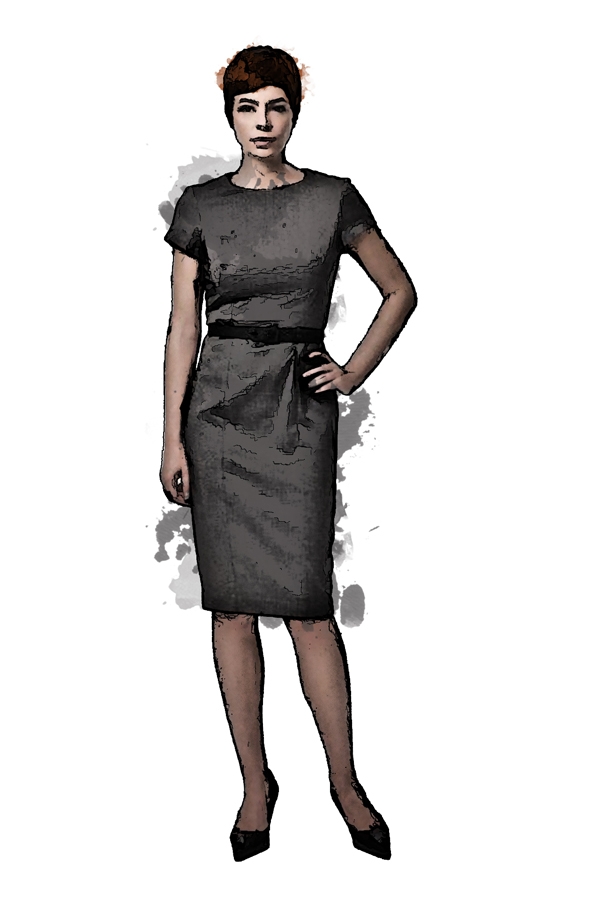Let’s return to our broad-brush definition of “competitor” and focus on this part of it: “a company in the same industry who offers a similar product or service.” Interpreted too broadly, this can be misleading. Much depends on what we assume “same industry” and “similar products or service” mean.
In the case of “same industry” you wouldn’t think of, say, a coffee shop or café as being in competition with a supermarket. But on Fourth Street, Calgary, where I lived, five coffee shops and cafés in as many blocks sell pastries in competition with each other and the local supermarket bakery. A literal interpretation of “same industry” doesn’t necessarily suggest a coffee shop and a supermarket as competitors, but clearly in this case they are, as portions of their otherwise disparate businesses overlap.
“Similar product or service” might make you think of competing clothing retailers. After all, they all sell clothes. But H&M isn’t in competition with the Salvation Army Thrift Store. In this case, “similar product or service” doesn’t place all retailers in the same marketplace.
It’s necessary to identify your actual competitors. If you don’t do this, you could end up like an errant coonhound wasting your time barking up the wrong tree at the wrong quarry while the quarry you should be watching sneaks up and bites you in the butt.

Recent Comments